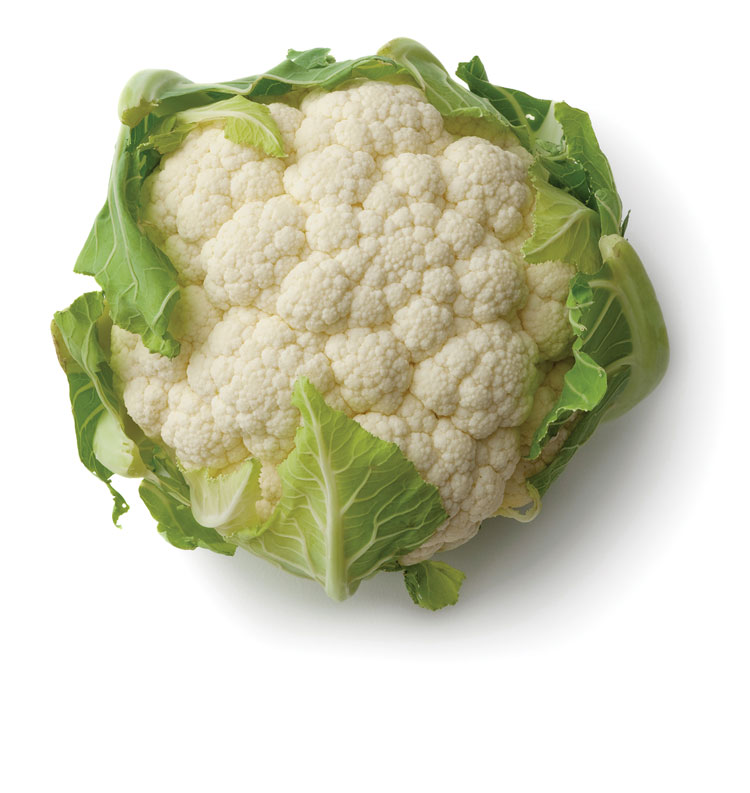
Choose Fruits & Vegetables for a Rainbow of Benefits
- Home
- Live Well Blog
- Choose Fruits & Vegetables for a Rainbow of Benefits
October 16, 2024
General /Family
Sure, you know eating fruits and veggies is good for your health.
But did you know you can see the health benefits just by looking at your produce? It’s true! Fruits and vegetables have different amounts of vitamins, minerals, and types of antioxidants depending on their color. And with so many colorful options to try, you can eat a rainbow of different benefits every day!
In addition to their fabulous flavor, here are more ways you’ll benefit from fruits and veggies based on their color:
Red
- Keeps the heart and lungs healthy.
- Helps protect against cell damage.
- Decreases risk of stroke and cancer.
- Good for memory.
Fruits
- Blood Oranges
- Cherries
- Cranberries
- Red Grapes
- Pink/Red Grapefruit
- Red Apples
- Red Pears
- Pomegranates
- Raspberries
- Strawberries
- Watermelon
Vegetables
- Beets
- Red Peppers
- Radishes
- Radicchio
- Red Onions
- Red Potatoes
- Rhubarb
- Tomatoes
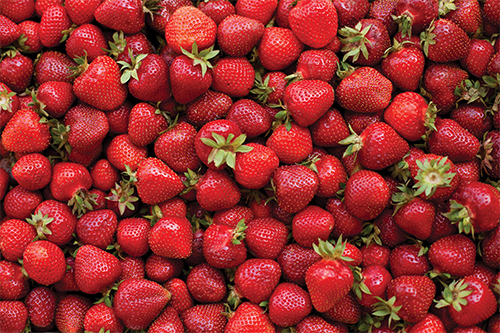


Orange
- Decreases inflammation.
- Helps maintain healthy skin and bones.
- Helps with tissue repair.
- Fights cancer and heart disease.
- Good for vision.


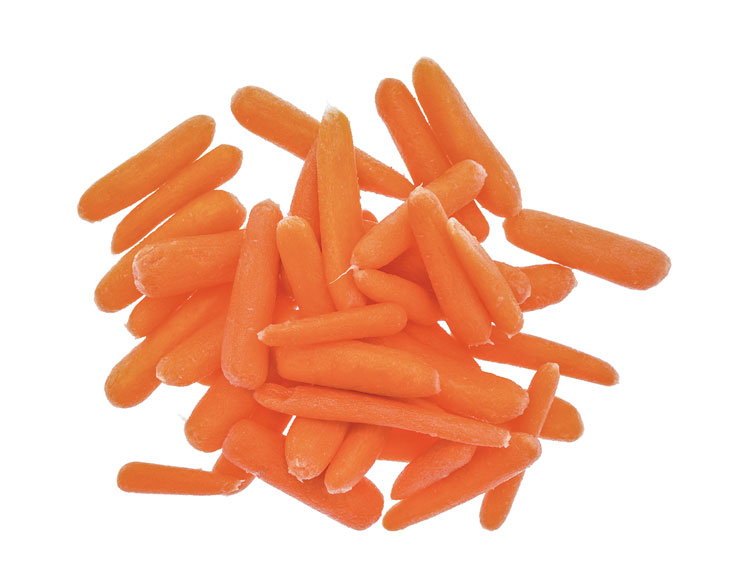
Fruits
- Apricot
- Cantaloupe
- Clementine
- Mandarin Orange
- Mangos
- Nectarines
- Orange
- Papaya
- Peach
- Pumpkin
Vegetables
- Acorn Squash
- Butternut Squash
- Carrots
- Orange Peppers
- Orange Tomatoes
- Sweet Potatoes
Yellow
- Lowers blood pressure.
- Good for the eyes, heart, and skin.
- Improves digestion and the immune system.
Fruits
- Banana
- Lemon
- Pineapple
- Yellow Apples
Vegetables
- Yellow Bell Pepper
- Yellow Carrots
- Yellow Corn
- Yellow Potatoes
- Yellow Squash
- Yellow Tomatoes
- Yellow Wax Beans


Green
- Strengthens the immune system.
- Rich in folate, which helps protect against birth defects during pregnancy.
- Prevents blood clots.
- Keeps bones, nails, and teeth strong.
- Good for digestion.



Fruits
- Avocados
- Green Apples
- Green Grapes
- Honeydew
- Kiwifruit
- Limes
Vegetables
- Artichokes
- Arugula
- Asparagus
- Broccoli
- Brussels Sprouts
- Green Beans
- Green Cabbage
- Celery
- Cucumbers
- Leafy Greens
- Leeks
- Lettuce
- Green Onions
- Green Peppers
- Peas
- Snow Peas
- Spinach
- Sugar Snap Peas
- Watercress
- Zucchini
Blue & Purple
- Improves brain function and memory.
- Lowers blood pressure.
- Reduces risk of stroke, cancer, and heart disease.
- May reduce free radical damage to body’s cells.
Fruits
- Blackberries
- Blueberries
- Black Currants
- Concord Grapes
- Dried Plums
- Elderberries
- Grape Juice (100%)
- Purple Figs
- Purple Grapes
- Plums
- Raisins
Vegetables
- Black Olives
- Eggplant
- Potatoes (purple fleshed)
- Purple Asparagus
- Purple Belgian Endive
- Purple Cabbage
- Purple Carrots
- Purple Peppers
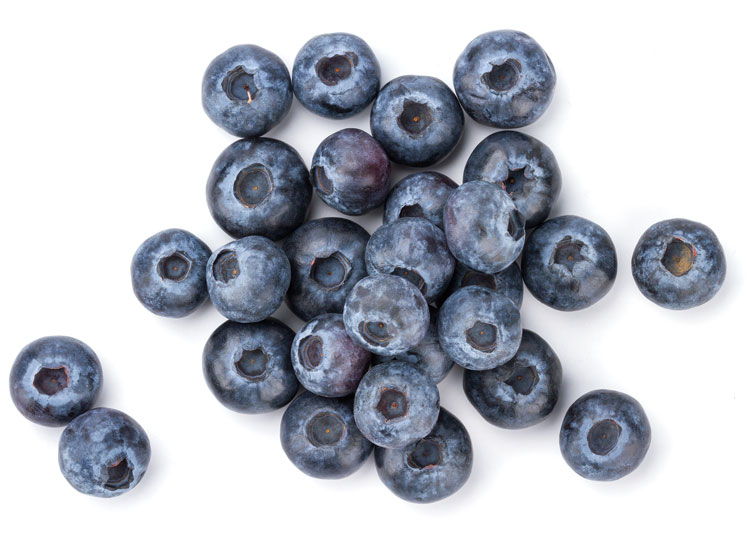
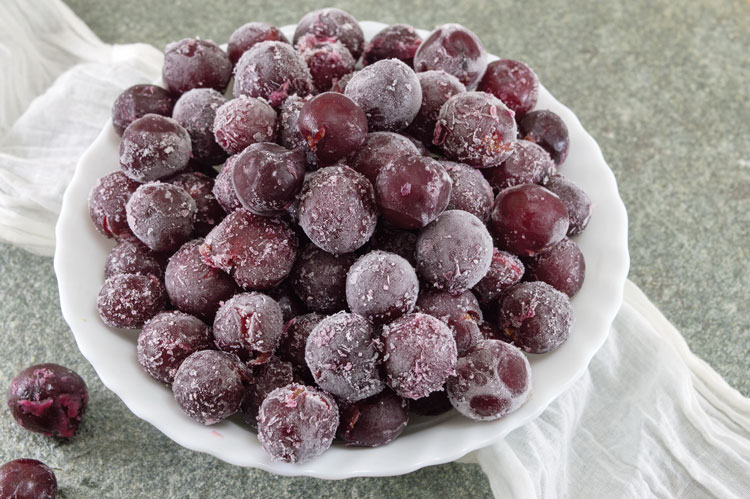
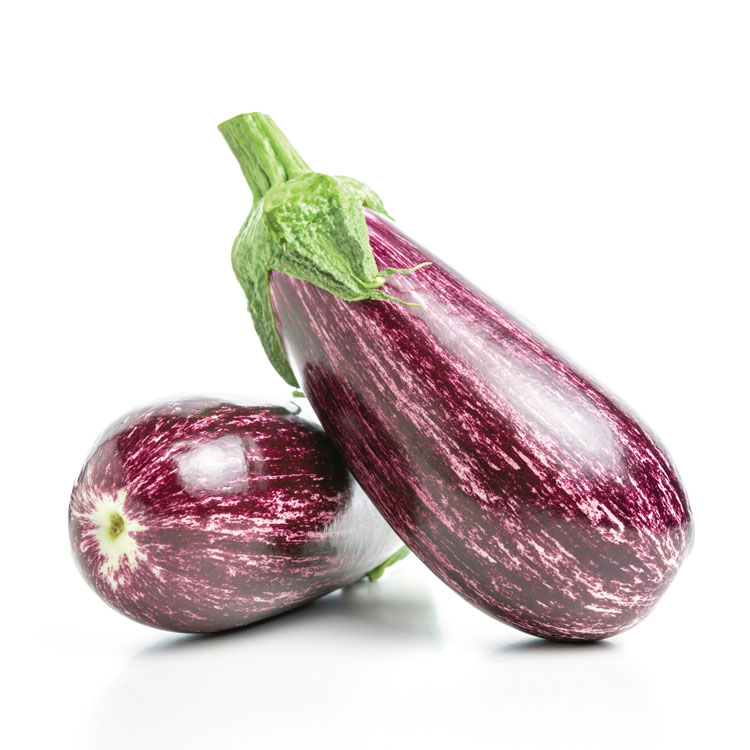
Brown & White
- Lowers cholesterol and blood pressure.
- May reduce the risk of cancer.
- Supports a healthy immune system.
- Helps the circulatory system move blood and oxygen throughout the body.
Fruits
- Coconut
- Pears
- White Peaches
Vegetables
- Brown Onion
- Cauliflower
- Garlic
- Ginger
- Mushrooms
- Parsnip
- Portobello
- Potato
- Taro
- White Corn
